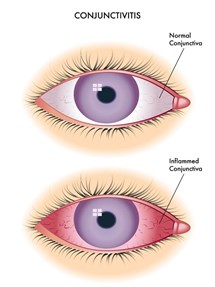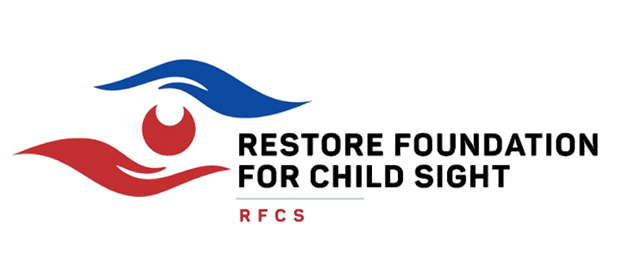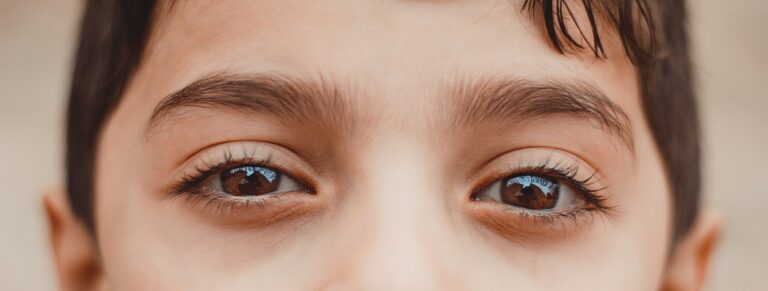Eye Allergies (Allergic Conjunctivitis)

Allergic conjunctivitis refers to a condition in which there is a genetically-inherited sensitivity to certain substances. Such substances are called allergens. In the case of the eyes, allergens are usually air-borne substances. However the eyes may be involved in the process of an allergic reaction to ingested foods and drugs or inhaled substances. Allergies may also occur to bites from insects. The tendency to have allergies is hereditary. There are often various allergies in family members of relatives of those with allergic conjunctivitis.
Common Substances Which May Trigger Allergies
- Dust
- Mites and other insects
- Smoke
- Pollen
- Fur
- Grass
- Animal dander
- Mould
- Eye cosmetics
- Food such as prawns, crabs, lobsters, milk, nuts, eggs, fish, soybeans, sesame seeds, wheat.
- Aerosols e.g. insecticides, perfumes.
Symptoms
In an allergic conjunctivitis, there is an inflammation of the conjunctiva lining of the eye (a thin transparent soft membrane covering the white part of the eye. Symptoms include:

- Redness
- Itching
- Watering
- Mucoid discharge
- Swelling of eyelids
- Brownish discoloration of the eyes
- There may be some rashes around the eyelids.
- Reduction in vision in chronic complicated cases.
- May have episodes of frequent sneezing, coughing, runny nose or itchy ears, nose, throat or skin.
Treatment
- Use of eyedrops, usually antihistamines. Eye ointments may be indicated, as adjudged by the ophthalmologist
- Eye lubricants may have a role to play in reducing the amount and contact time of allergens on the surface of the eyes.
- Non-drug measures include:
- Rinsing of eyes with clean water after children with allergies have been at play outdoors.
- Cool compress with a cloth soaked in cold water for a few minutes.
- Cleaning of dust off surfaces where it might accumulate such as windows, nettings and fan blades. This is best done with a wet rather than a dry cloth to avoid dispersion of dust particles into the air.
- Removal of furry rugs which trap dust and can itself be a source of allergic reactions.
- Bed linen should be taken off after rising in the morning and folded away to avoid dust particles settling on the surface throughout the day, to avoid breathing in of dust particles whilst asleep at night.
Summary
Allergic conjunctivitis is a common condition in which there is an inflammation of the conjunctiva due to allergy to certain substances, which may begin early in childhood and tends to run throughout childhood. However it reduces in intensity as a child gets older. It requires treatment to keep discomfort to a minimum while it lasts. Control of allergic episodes with medication can also reduce possible scarring which may reduce vision considerably in severe cases. Non-drug measures may also go a long way to help reduce allergic episodes to a minimum.
**Header Image curtesy of hopkinsmedicine.org







